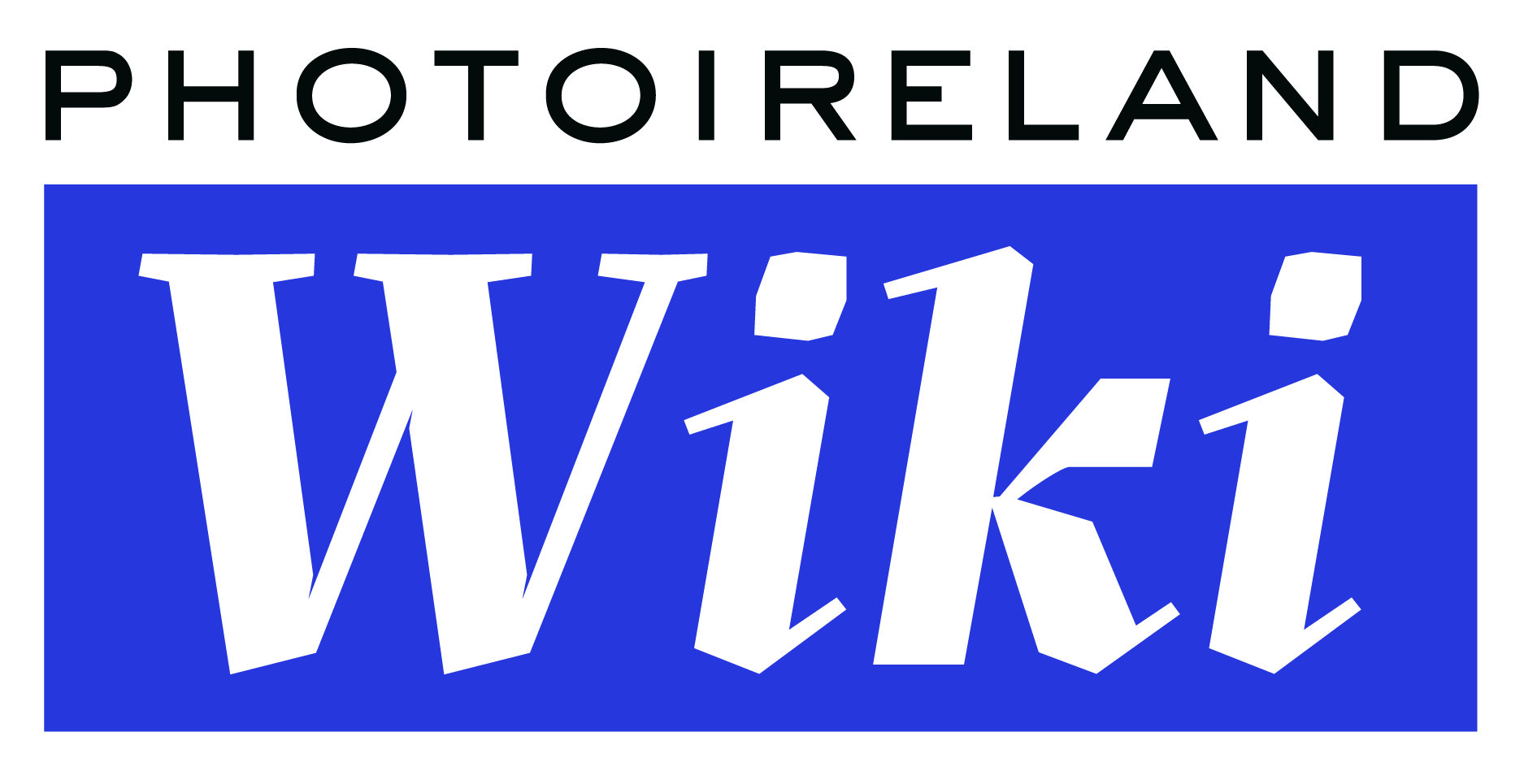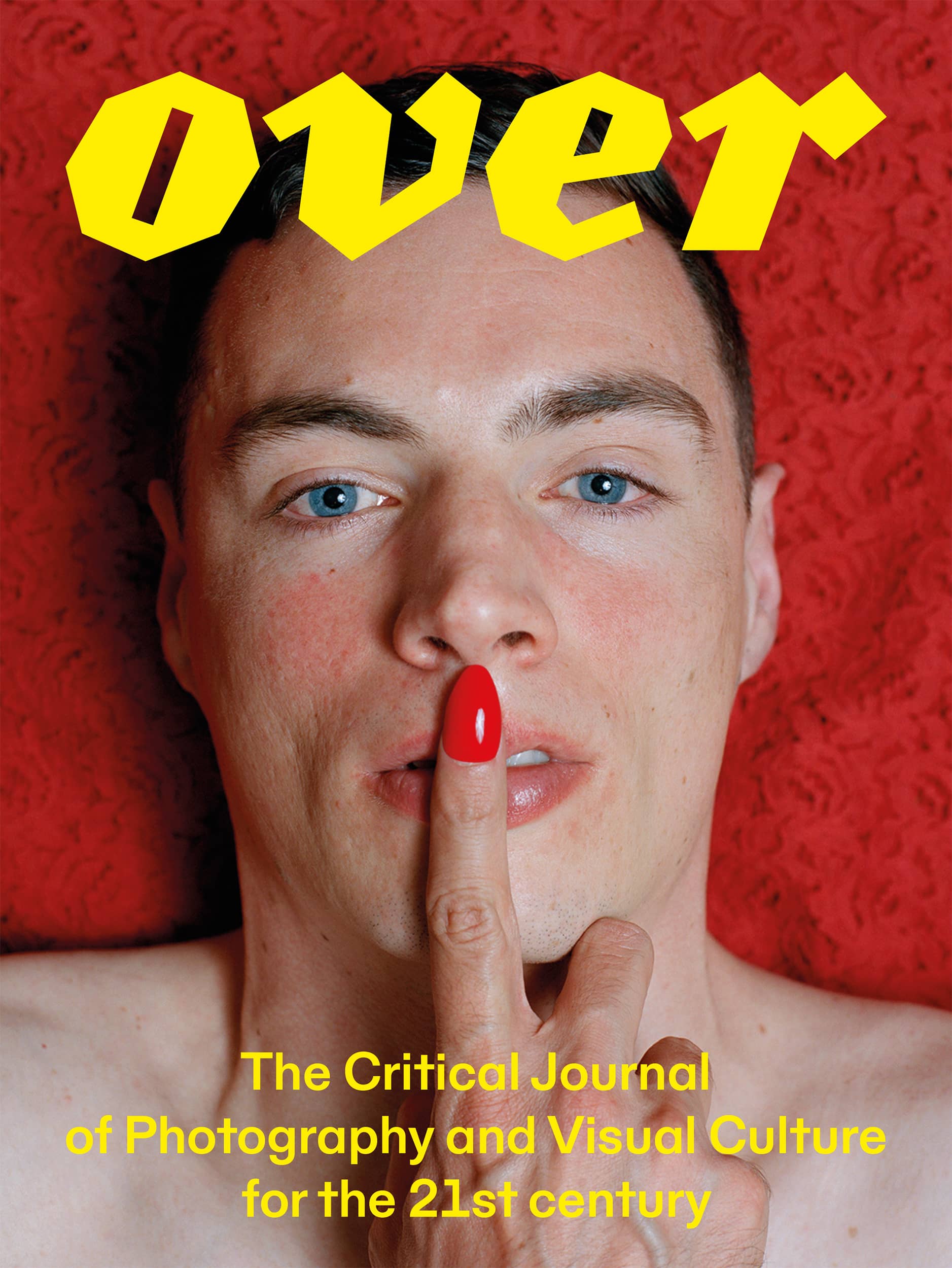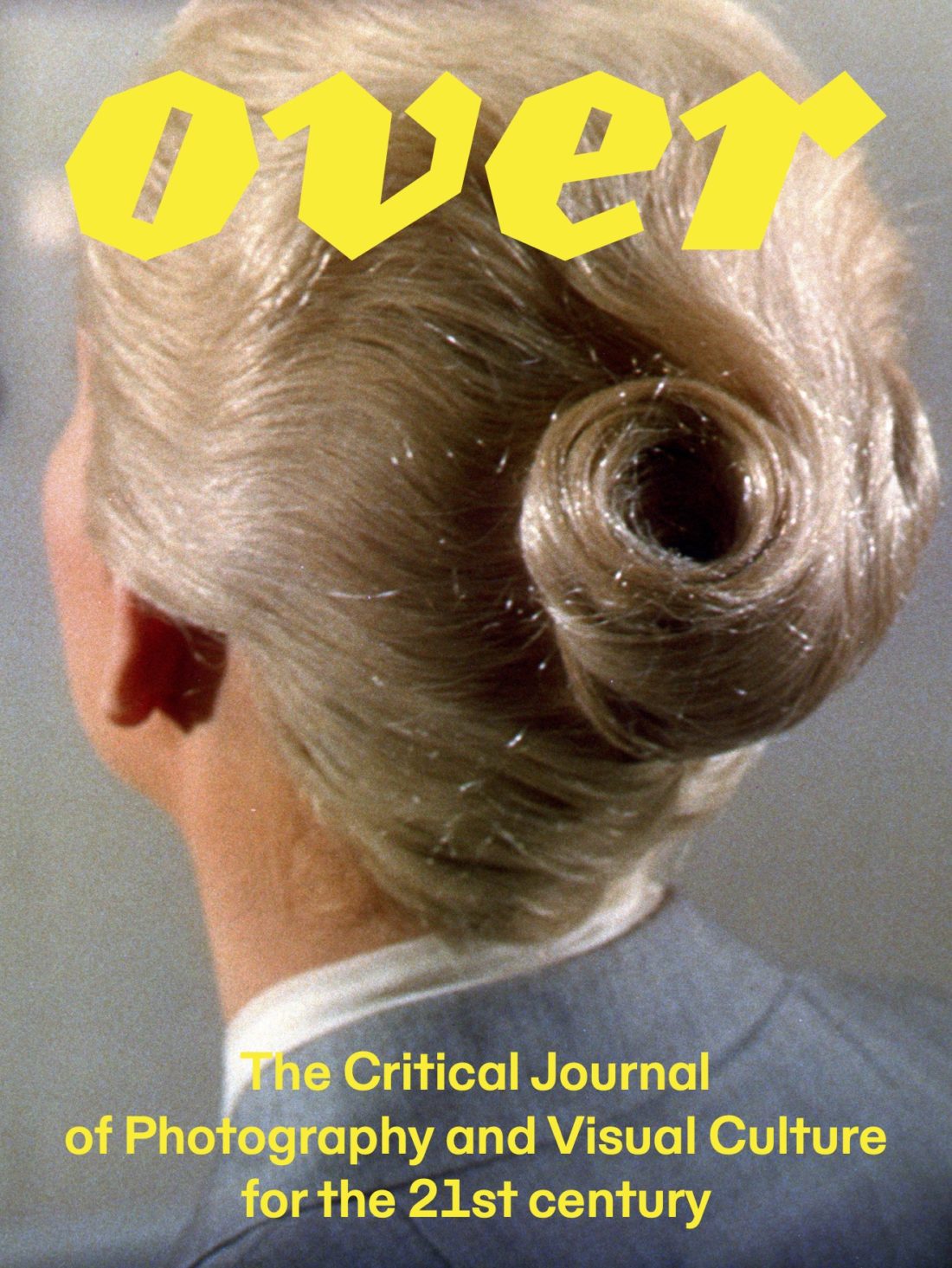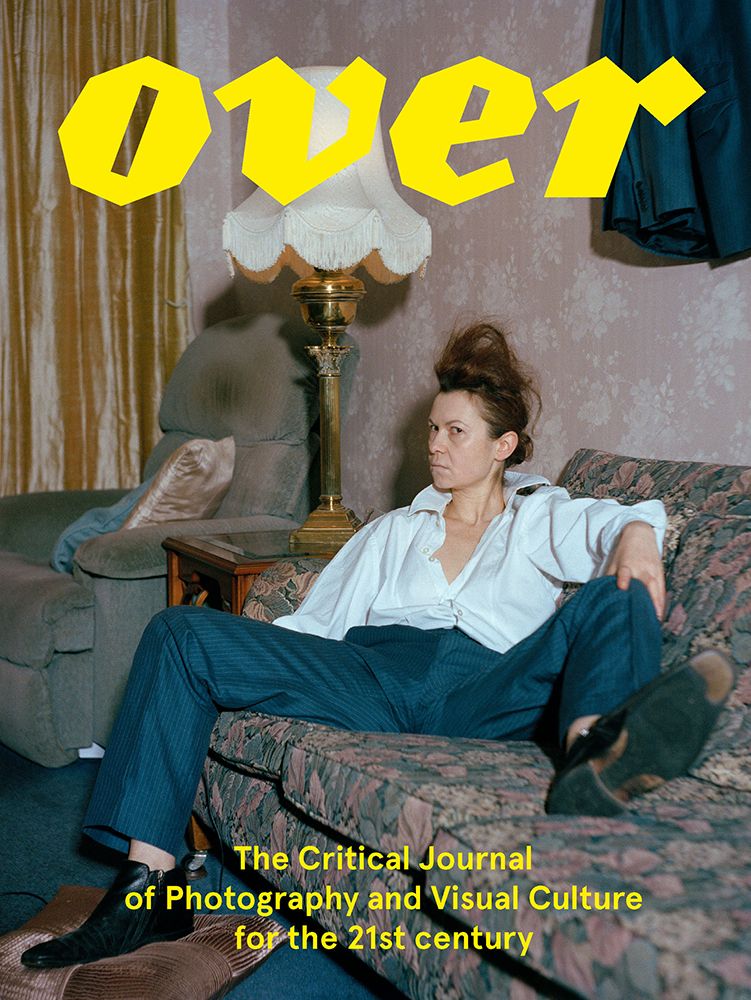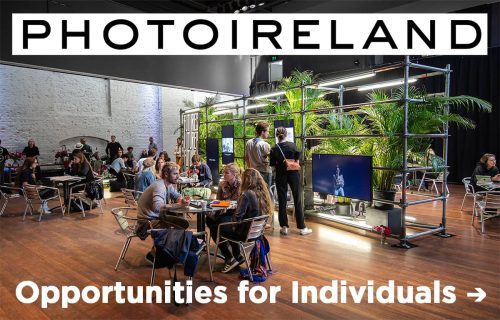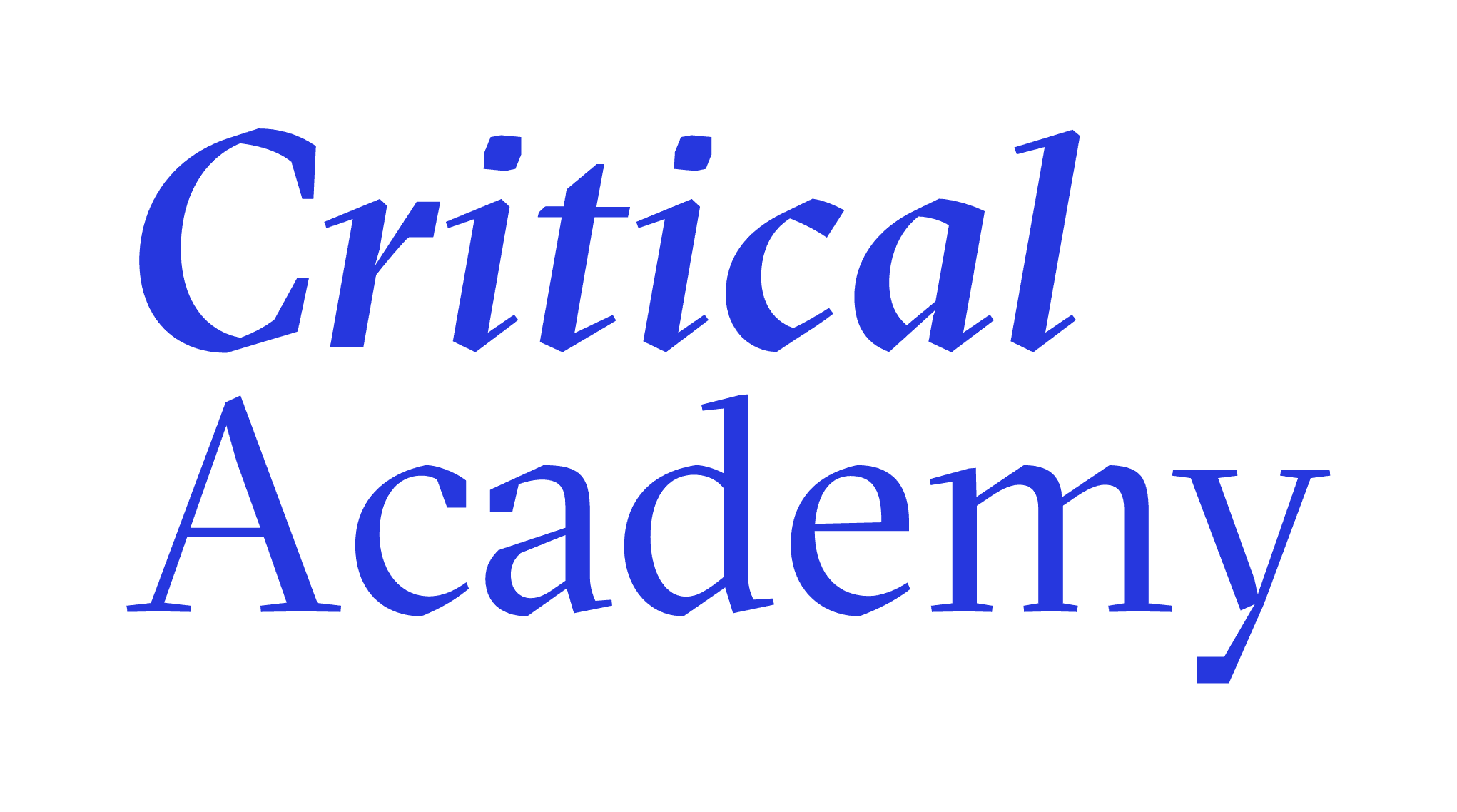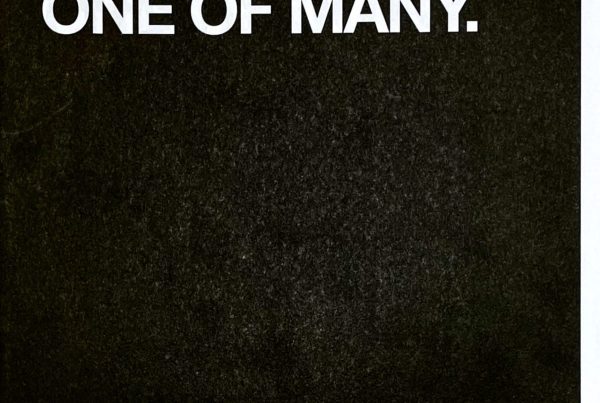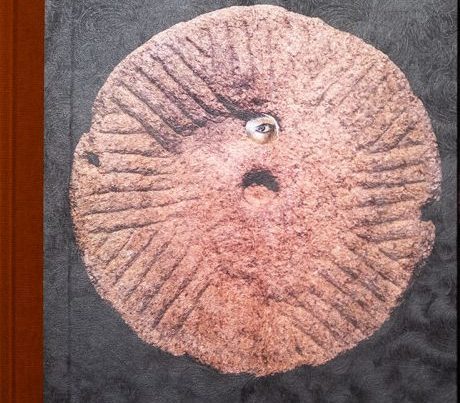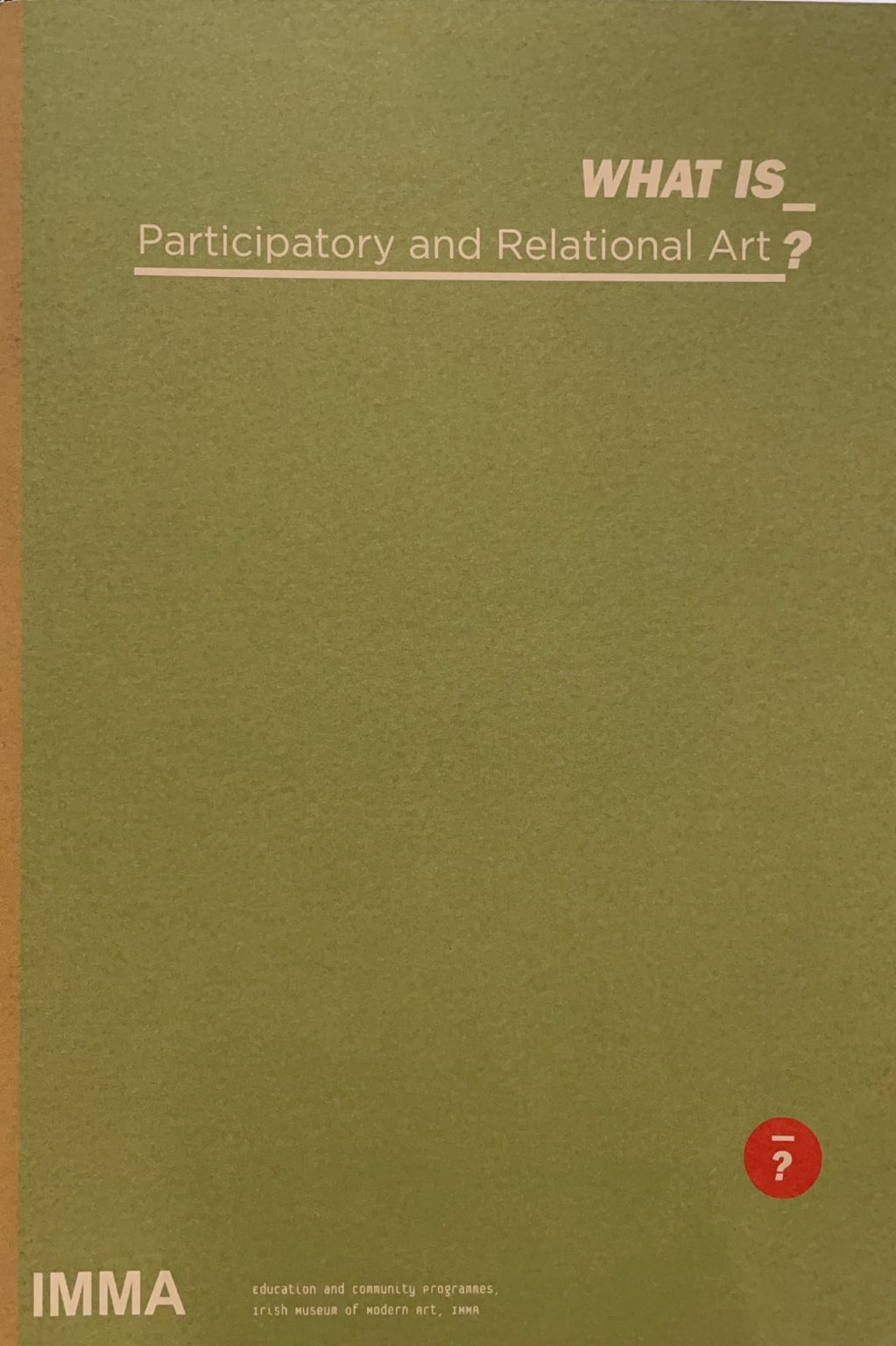
Participatory Arts refers to a range of arts practice, including Relational Aesthetics, where emphasis is placed on the role of the viewer or spectator in the physical or conceptual realisation and reception of the artwork. The central component of Participatory Arts is the active participation of the viewer or spectator. Many forms of Participatory Arts practice foreground the role of collaboration in the realisation of an artwork, deemphasising the role of the professional artist as sole creator or author of the artwork, while building social bonds through communal meaning and activity. The term Participatory Arts encompasses a range of arts practices informed by social, political, geographic, economic and cultural imperatives, such as Community Arts, Activist Art, New Genre Public Art, Socially-Engaged Art and Dialogical Art.
Participatory Arts can be artform specific, such as visual arts, music or drama, or they can be Interdisciplinary involving Collaboration across a range of artforms. They can also involve collaboration with non-art agencies, such as social inclusion organisations, local authorities and community development groups. The artwork produced can take many forms and, due to the collaborative nature of Participatory Arts, this may comprise an event, a situation or a Performance, rather than the production of an object. The interactions that emerge from these encounters are often translated into Documentary mediums, such as Photography, Video or Text.
The emergence of Participatory Arts is informed by earlier Avant-Garde movements such as Dada, Constructivism and Surrealism, which raised questions with regard to notions of originality and authorship and challenged conventional assumptions about the passive role of the viewer or spectator. In doing so they adopted an anti-bourgeois position on the role and function of art. 1
About the Series
This IMMA programme is a great way to find out more about the concepts and terms used in contemporary art. It includes talks, booklets and web-based resources which you can explore below. The programme is presented in four series, three of which you can explore in the menu above. 2
About the Publisher
Irish Museum Of Modern Art (IMMA) is Ireland’s National Cultural Institution for Modern and Contemporary Art. Their diverse and ambitious programme comprises exhibitions, commissions and projects by leading Irish and international artists, as well as a rich engagement and learning programme which together provides audiences of all ages the opportunity to connect with contemporary art and unlock their creativity. IMMA is home to the National Collection of Modern and Contemporary Art, started in 1990 and now numbering over 3,500 artworks by Irish and international artists. This national resource available through exhibitions at IMMA and other venues nationally and internationally, engagement and learning programmes and digital resources. 3
